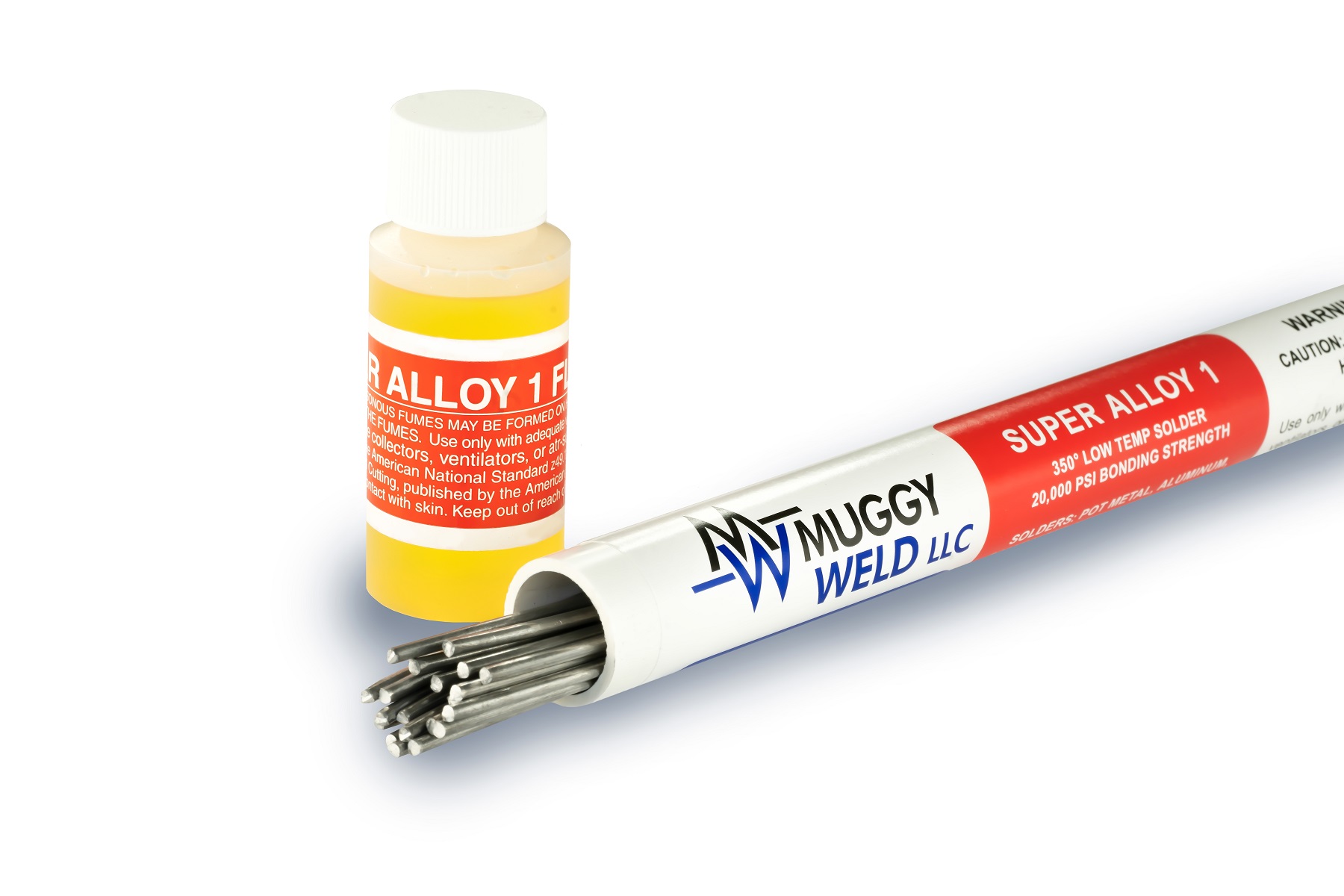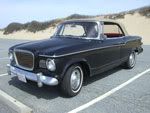Several issues here. damaged turn signal bars, damaged grill surrounds, damaged headlight eyebrows. I may have to use some of these, so what are the options? Can they be welded, like aluminum? does anyone know the correct rod/wire to use? heat range, etc.
Can they then be rechromed?
If not welded, any other practical way to repair them to be filled and painted?
Lastly, to achieve the "frenched" look, can the pot metal eyebrows and rear turn signal housings be used somehow (?) or do you have to fabricate a replacement out of steel to weld to the fender?
Thanks for any guidance.
San antonio TX. 53 Champion Coupe, to be brought back from the dead.
"Of course it will fit, I have a torch"
Can they then be rechromed?
If not welded, any other practical way to repair them to be filled and painted?
Lastly, to achieve the "frenched" look, can the pot metal eyebrows and rear turn signal housings be used somehow (?) or do you have to fabricate a replacement out of steel to weld to the fender?
Thanks for any guidance.
San antonio TX. 53 Champion Coupe, to be brought back from the dead.
"Of course it will fit, I have a torch"



 )]
)]





Comment